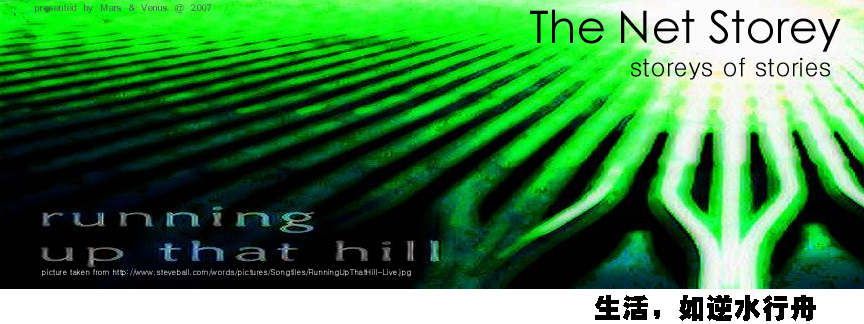TA: Chart Patterns
A chart pattern is a distinct formation on a stock chart that creates a trading signal, or a sign of future price movements.
Based on the assumption that history tends to repeat itself, the idea is that certain patterns are seen many times, and that these patterns signal a certain high probability move in a stock.
There are two types of patterns within this area of technical analysis, reversal and continuation. A reversal pattern signals that a prior trend will reverse upon completion of the pattern. A continuation pattern, on the other hand, signals that a trend will continue once the pattern is complete.
Below are some common chart patterns:
1. Head and Shoulders
-reversal pattern
-2 versions:
head and shoulders top (formed at the high of an upward movement, signals end of the uptrend)
head and shoulders bottom or inverse head and shoulders (signals a reversal in a downtrend)
-consists of four main parts: two shoulders, a head and a neckline.
-each individual head and shoulder is comprised of a high and a low.
-the neckline is a level of support or resistance.
2. Cup and Handle
-bullish continuation pattern
-in which the upward trend has paused but will continue upward once the pattern is confirmed.
-this price pattern forms what looks like a cup, which is preceded by an upward trend.
-the handle follows the cup formation and is formed by a generally downward/sideways movement.
-once the price movement pushes above the resistance lines formed in the handle, the upward trend can continue.
-wide ranging time frame for this type of pattern, ranging from several months to more than a year.
3. Double Tops and Bottoms
-reversal pattern
-created when a price movement tests support or resistance levels twice and is unable to break through.
-often used to signal intermediate and long-term trend reversals.
4. Triangles
-3 types:
symmetrical triangle, ascending and descending triangle
-last anywhere from a couple of weeks to several months.
-symmetrical triangle: two trendlines converge toward each other, neutral in that a breakout to the upside or downside is a confirmation of a trend in that direction
-ascending triangle: the upper trendline is flat, while the bottom trendline is upward sloping, generally bullish pattern, look for an upside breakout.
-descending triangle, the lower trendline is flat and the upper trendline is descending, generally bearish pattern, look for a downside breakout.
5. Flag and Pennant
-short-term continuation patterns
-formed when there is a sharp price movement followed by a generally sideways price movement.
-then completed upon another sharp price movement in the same direction as the move that started the trend.
-last from one to three weeks.
-difference between a pennant and a flag can be seen in the middle section of the chart pattern.
-in a pennant, the middle section is characterized by converging trendlines, much like what is seen in a symmetrical triangle.
-in a flag, the middle section is characterized by channel pattern , with no convergence between the trendlines.
-in both cases, the trend is expected to continue when the price moves above the upper trendline.
6. Wedge
-either a continuation or reversal pattern.
-similar to a symmetrical triangle except that the wedge pattern slants in an upward or downward direction, while the symmetrical triangle generally shows a sideways movement. -the other difference is that wedges tend to form over longer periods, usually between three and six months.
-at the most basic level, a falling wedge (two lines converge downwards) is bullish and a rising wedge is bearish.
7. Gaps
-an empty space between a trading period and the following trading period
-occurs when there is a large difference in prices between two sequential trading periods (eg. if the trading range in one period is between $25 and $30 and the next trading period opens at $40)
-can be found on bar charts and candlestick charts but will not be found on point and figure or basic line charts.
-show that something of significance has happened in the security, such as a better-than-expected earnings announcement.
-3 main types:
breakaway: forms at the start of a trend
runaway (measuring): forms during the middle of a trend
exhaustion: forms near the end of a trend.
8. Triple Tops and Bottoms
-reversal patterns
-are formed when the price movement tests a level of support or resistance three times and is unable to break through; this signals a reversal of the prior trend.
*Confusion can form with triple tops and bottoms during the formation of the pattern because they can look similar to other chart patterns. After the first two support/resistance tests are formed in the price movement, the pattern will look like a double top or bottom, which could lead a chartist to enter a reversal position too soon.
9. Rounding bottom or saucer bottom
-long term reversal pattern
-a shift from a downward trend to an upward trend.
-last anywhere from several months to several years.
-looks similar to a cup and handle pattern but without the handle.
*The long-term nature of this pattern and the lack of a confirmation trigger, such as the handle in the cup and handle, makes it a difficult pattern to trade.
Venus
ps: Content and pictures in this article are excerpted from Investopedia.

No comments:
Post a Comment